Furthering Advancements in Pharmaceuticals
In the medical and healthcare industries, the significance of precision and dependability grows immensely when lives are at stake. Medical devices and healthcare products, which rank among the most intricate and fragile technologies globally, must adhere to strict regulations and certification standards to ensure compliance. This begins at early R&D and testing, through production and distribution.
Throughout a pharmaceutical product’s life cycle, specialized equipment and sensor technologies are used by manufacturers, in both design and maintenance to provide unmistakable evidence of process quality and safety. Medical and health care product manufacturers, including pharmaceutical companies, turn to Interface because our high accuracy force measurement solutions are designed for reliable performance test and measurement projects. There is also tremendous demand for Interface’s ability to customize solutions that meet the exact measurement requirements of these sensitive applications.
Common Interface Products Used by Pharmaceutical Companies
Interface provides force measurement solutions for a wide variety of products and machines that help biotechnology and pharmaceutical product engineers to design, test and manufacture devices of all shapes and sizes. When it comes to equipment used in the manufacturing of medicine, Interface products are used to optimize production and reduce waste.
Pharmaceutical Solutions Using Interface Load Cells
Weighing and Distribution: Load cells are commonly used in pharmaceutical manufacturing facilities for accurately measuring and dispensing ingredients during the formulation process. They ensure precise measurements of active pharmaceutical ingredients and excipients, which is crucial for maintaining the quality and efficacy of the final product.
Tablet Hardness Testing: Tablet hardness is an important characteristic as it influences factors like disintegration, dissolution, and overall drug delivery effectiveness. Load cells are used in tablet hardness testers to precisely quantify the force required to break or fracture a tablet.
Tablet Forming Machine Optimization: These machines need to be finely tuned to ensure consistent tablet quality, weight, and other critical attributes. Load cells play a vital role in this optimization process by providing real-time force and weight measurements during tablet compression.
Capsule Filling Machines: Load cells are used in capsule filling machines to measure the weight of the powdered or granulated material being filled into each capsule. This ensures that each capsule contains the correct amount of medication, contributing to accurate dosing.
Quality Control: Load cells are used in quality control processes to verify the weight and consistency of the final pharmaceutical products. This helps ensure that products meet regulatory standards and maintain consistent quality.
Mixing: In the pharmaceutical industry, proper mixing and blending of ingredients are critical to achieving uniformity in formulations. Load cells are used in mixing equipment to monitor the force exerted on the mixture, ensuring that ingredients are thoroughly and uniformly blended.
Packaging and Filling: Load cells are employed in packaging and filling processes to accurately measure the weight of the product being filled into containers such as bottles, vials, and blister packs. This helps prevent underfilling or overfilling of products, ensuring proper dosing for patients.
Bioreactors and Fermenters: In the production of biopharmaceuticals and vaccines, load cells are used in bioreactors and fermenters to monitor the weight of the culture medium and cells. This information is crucial for controlling and optimizing the growth conditions of microorganisms or cells used in the production process.
When it comes to product development in the United States, both medical devices and pharmaceuticals are required to not only adhere to stringent FDA regulations, but they must also be proven to safe and effective to doctors and patients. Similarly, these essential safety testing prerequisites are universally standard in most developed nations when seeking pre-release approvals.
Consult with our application engineers to see what type of products will meet your stringent requirements.
Pharmaceuticals_InfographicPoster
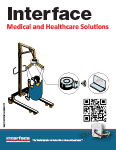
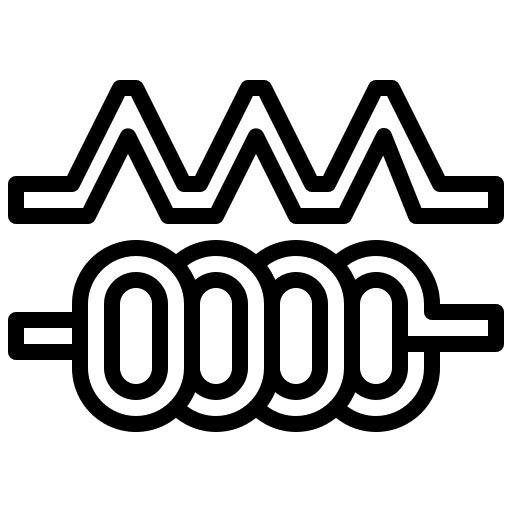 Interventional Guidewire Quality Inspection
Interventional Guidewire Quality Inspection
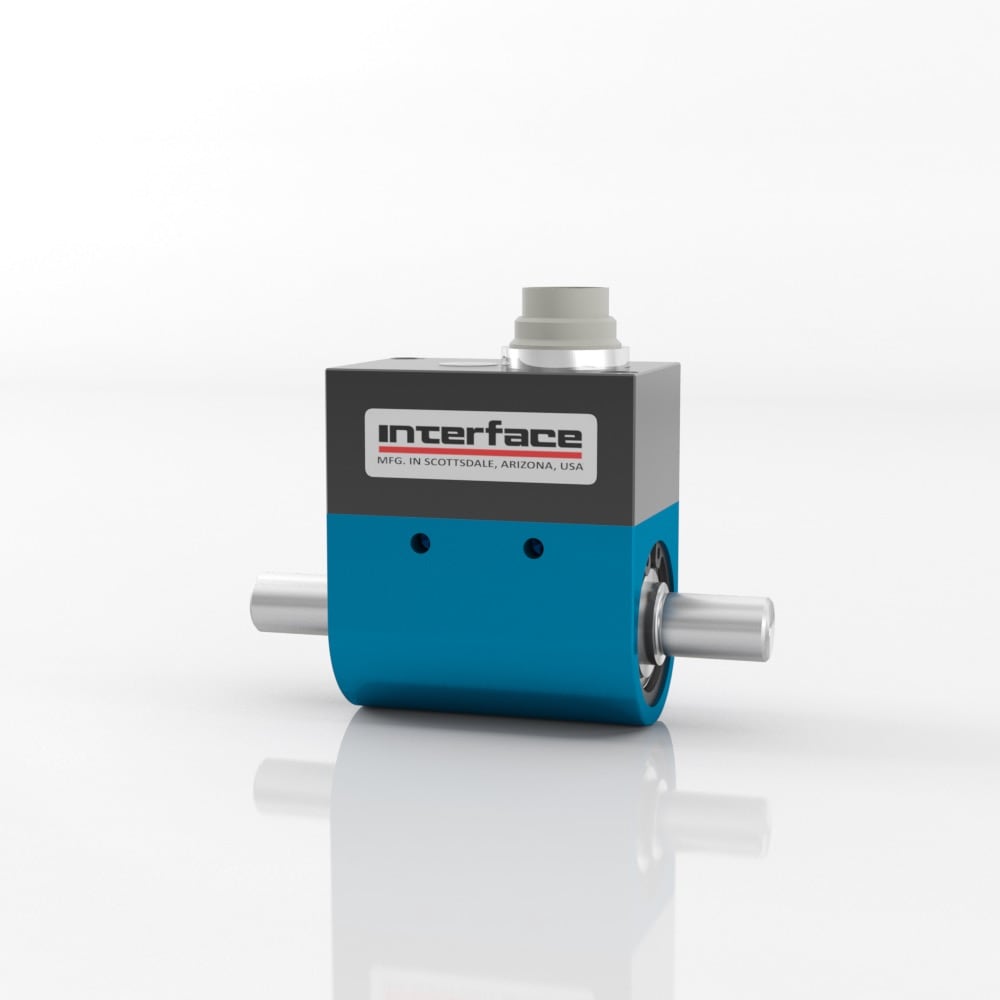
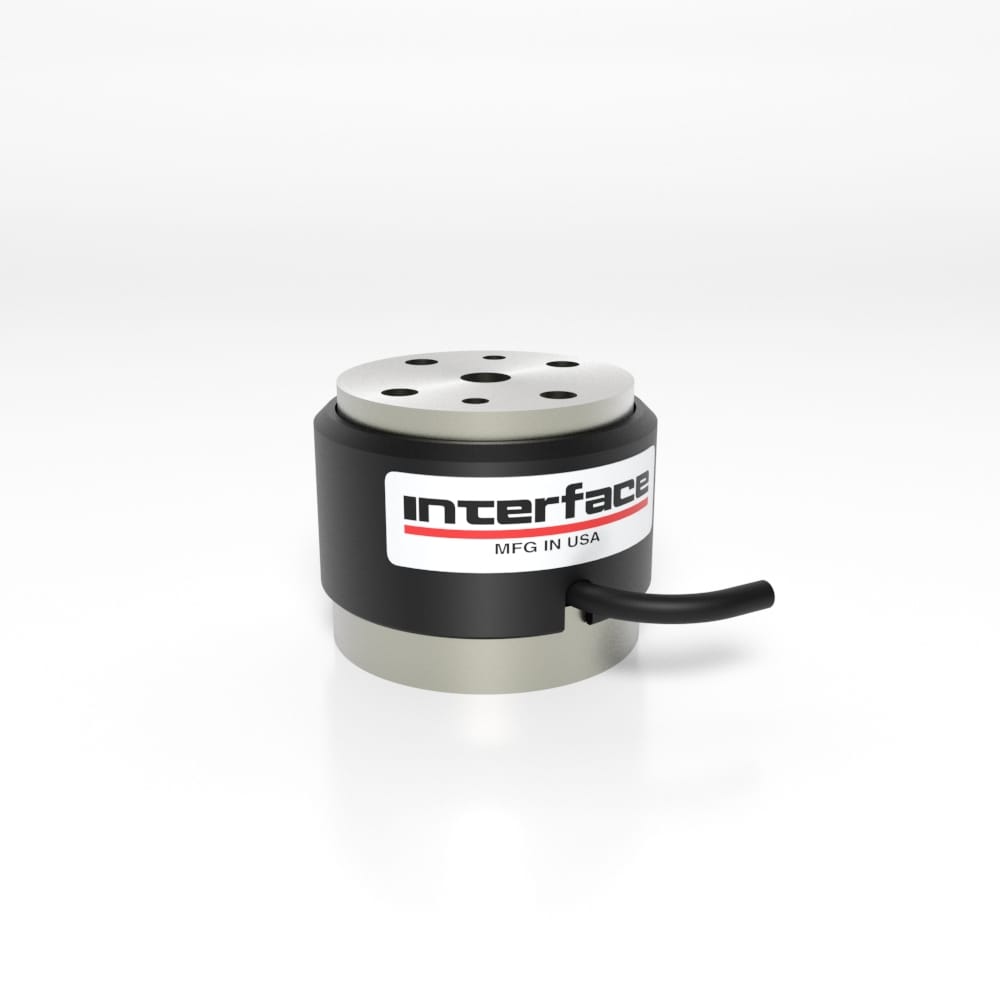

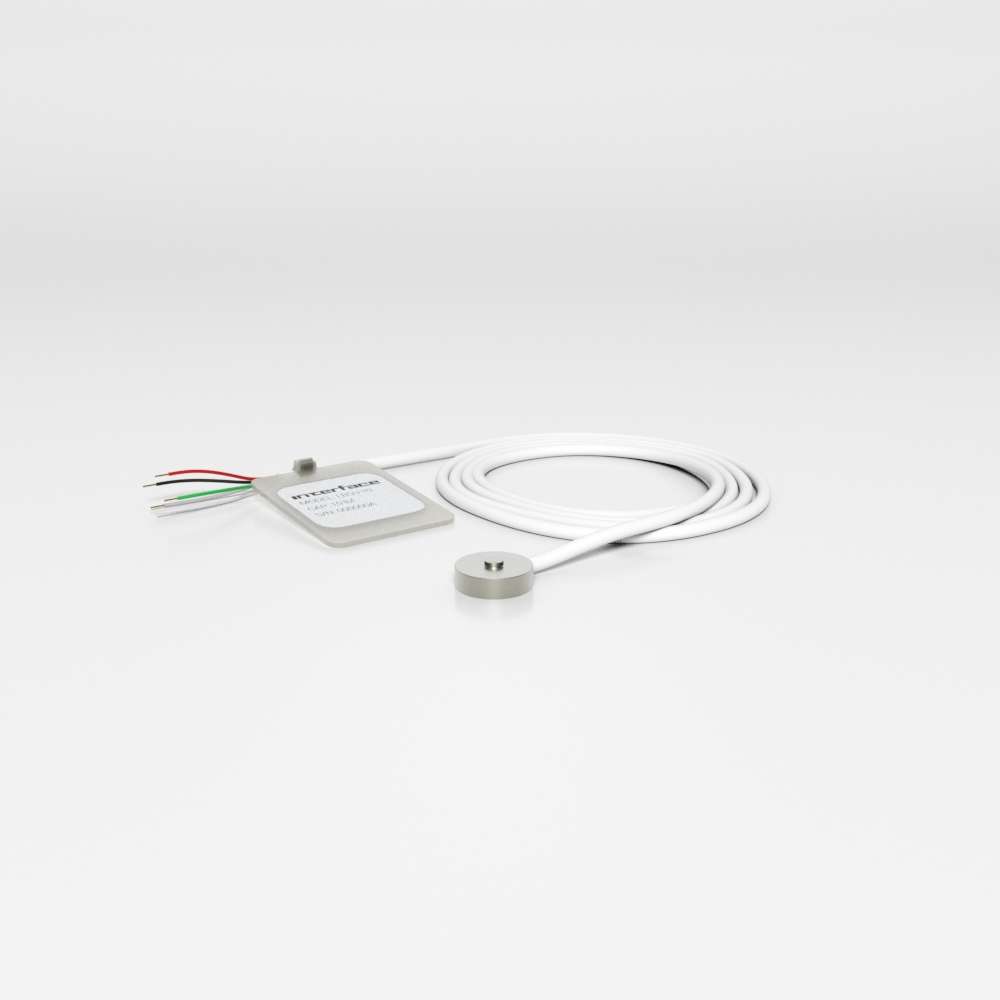
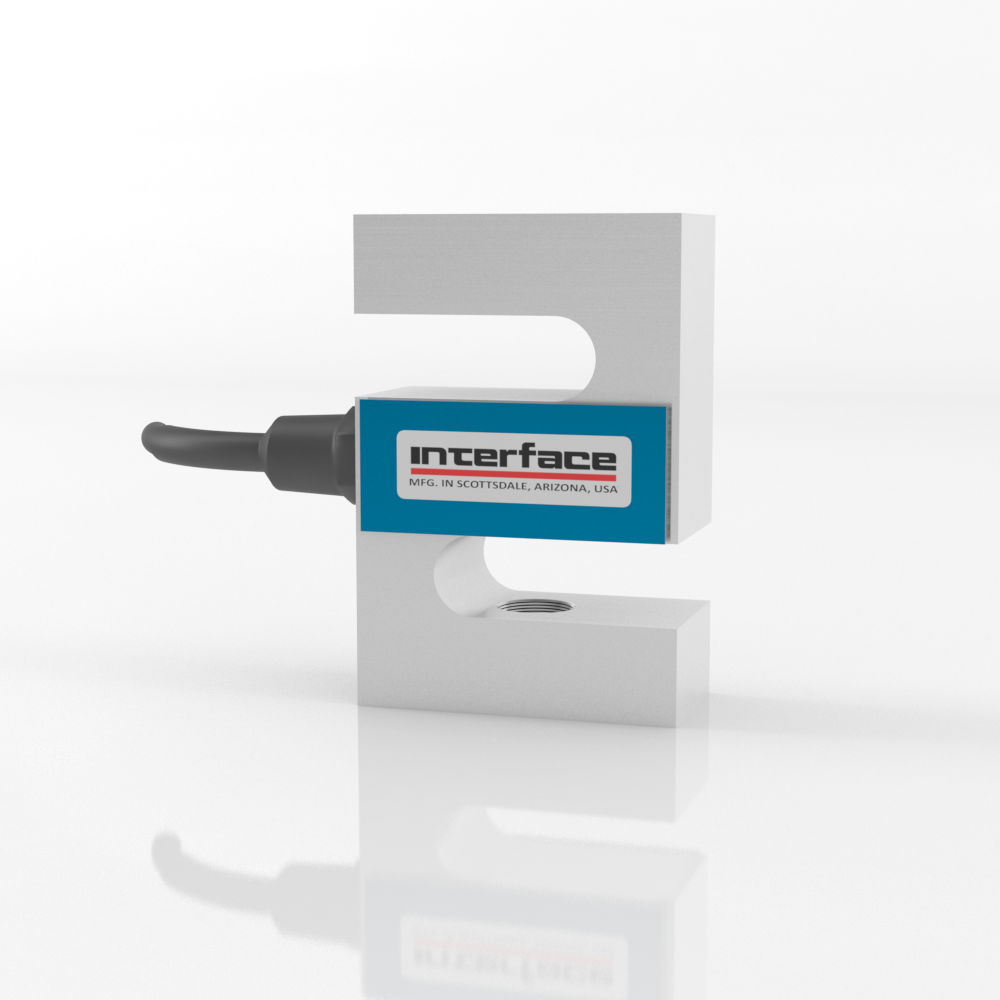
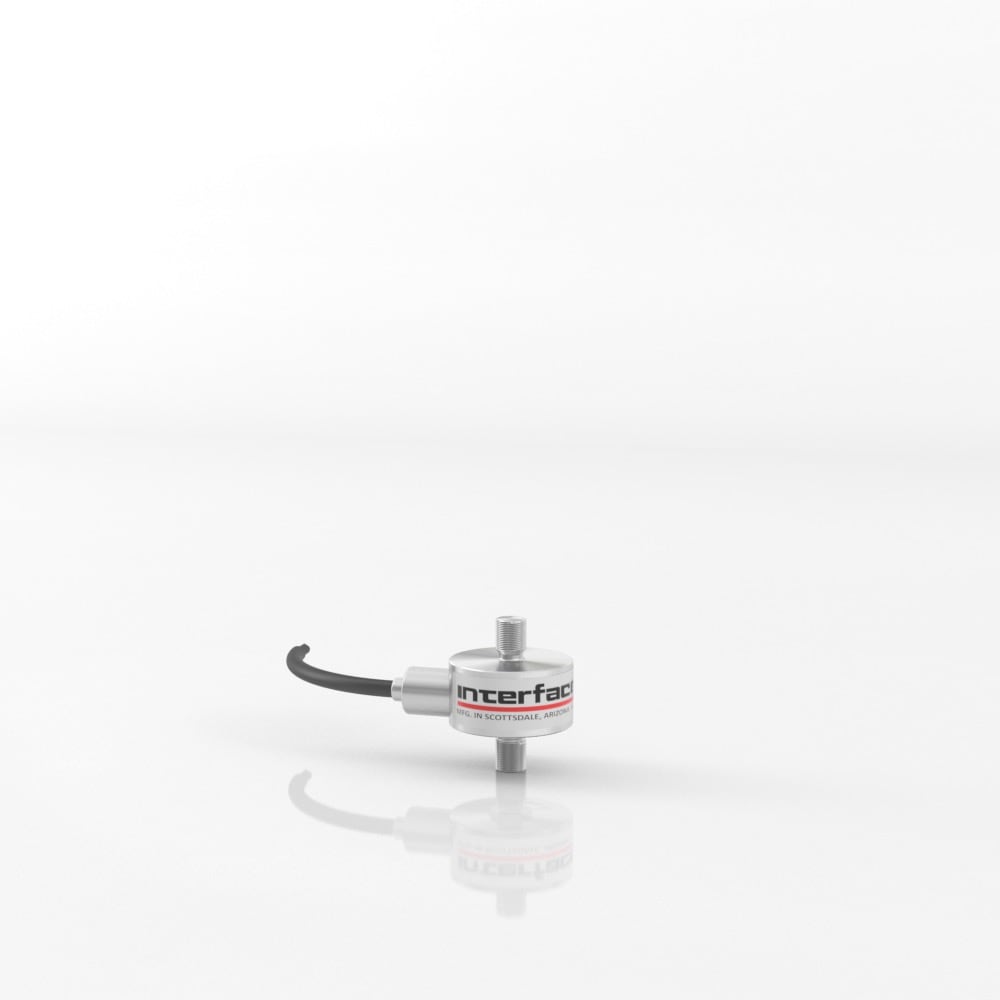
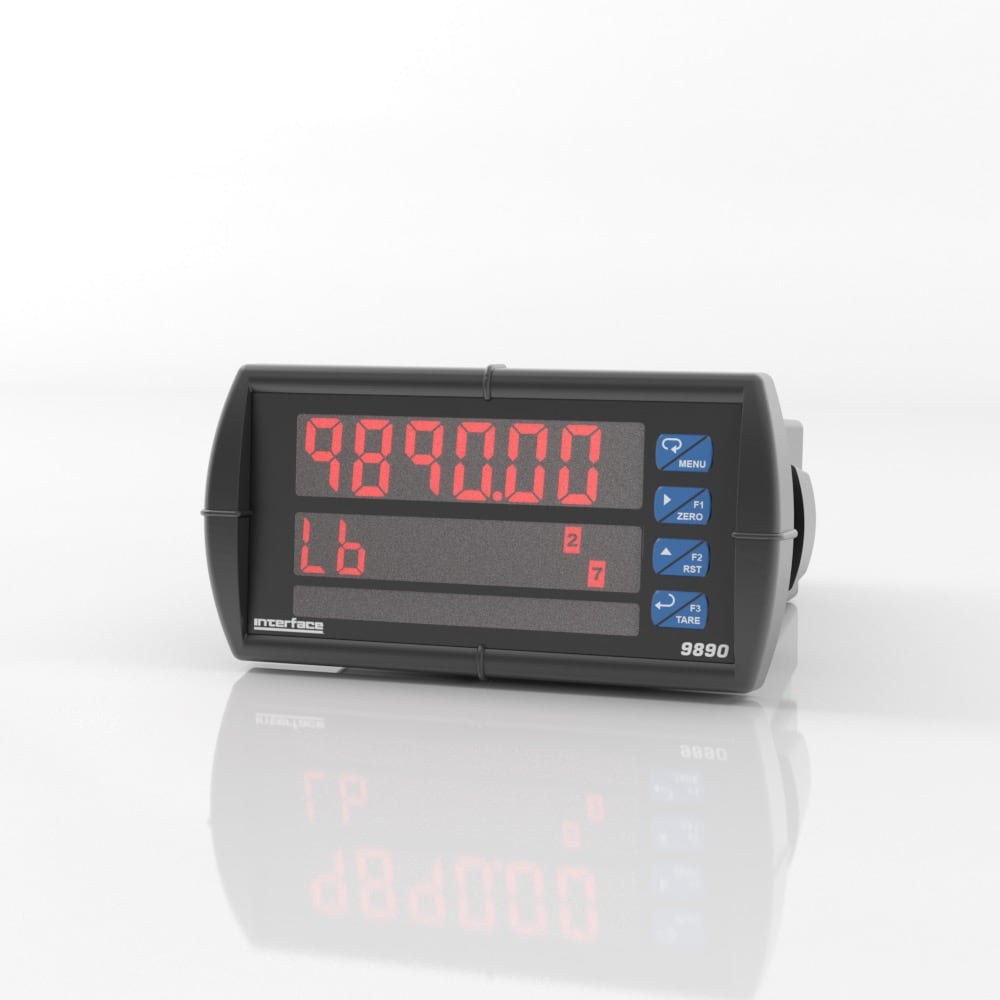
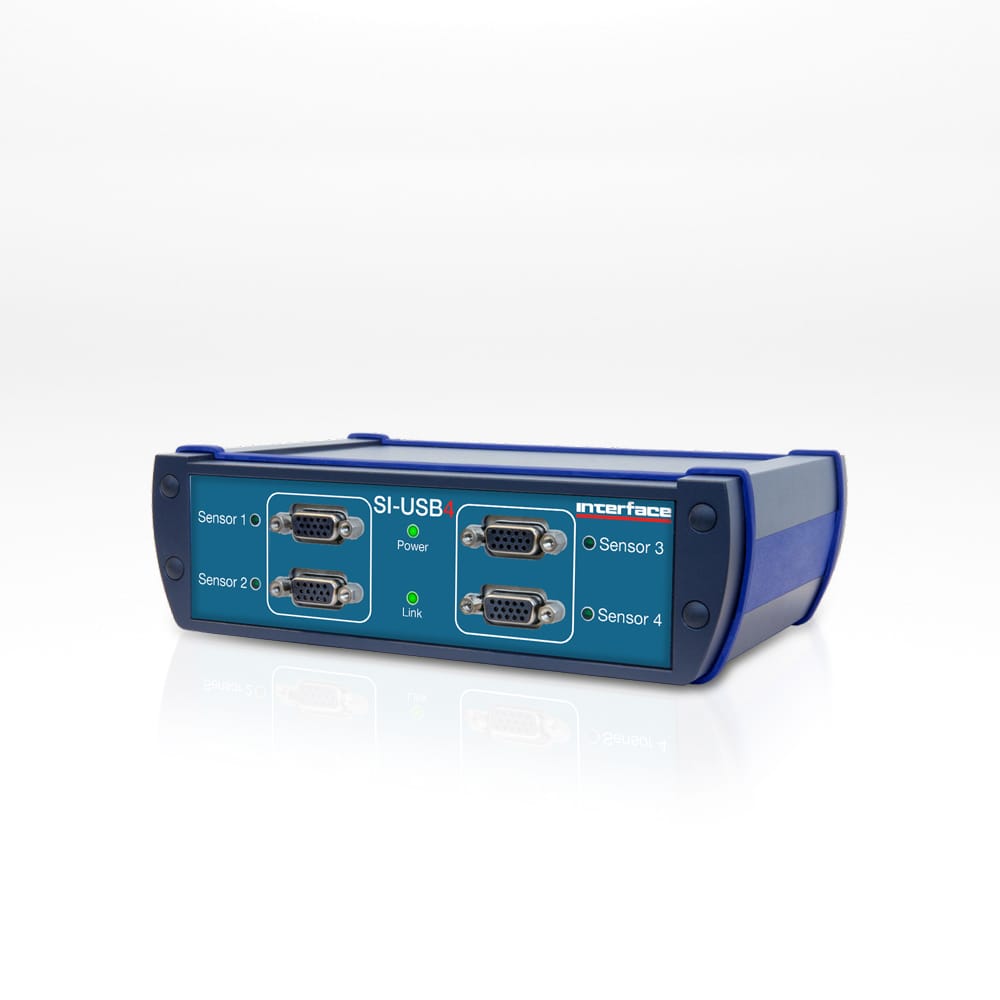
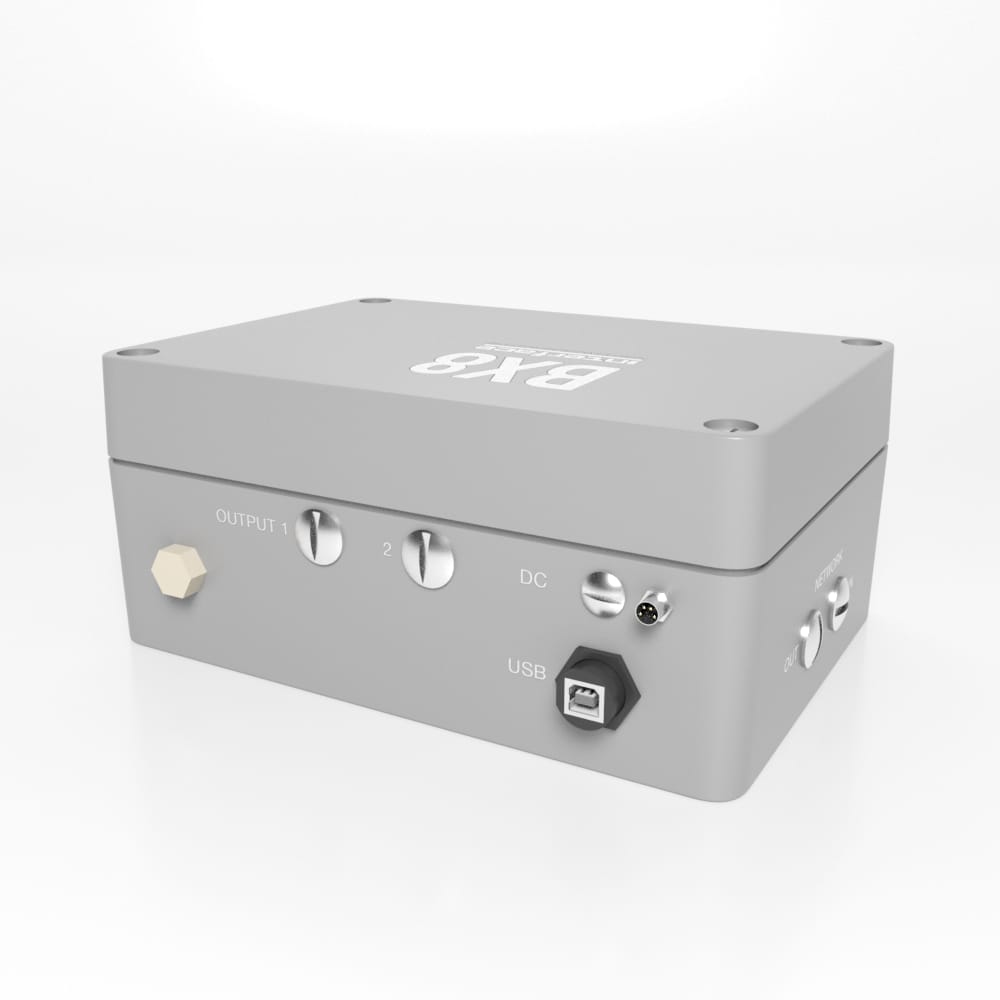


Interface is a Critical Solutions Provider for OEMs
/in Blog /by Brian JohnsonThe hardware industry is rapidly making its way into taking advantage of the Industry 4.0 and Big Data eras. The idea that data insight can cut costs, increase efficiency and reduce downtime is spreading like wildfire throughout major OEMs (original […]
Faces of Interface Featuring Dan McAneny
/in Forceleaders /by Brian JohnsonOur Faces of Interface series provides readers with an inside look at all the brilliant and talented people that work for our 52 year-old company. There is also a team of experts and experienced individuals that are part of our […]
Interface Steps in to Support Medical Industry COVID-19 Innovations
/in Blog /by Brian JohnsonThe COVID-19 outbreak has hit everyone hard and many industries are rushing to adjust to this new world. One of the industries most impacted by the outbreak has been the medical sector. Hospitals are in a position of running dangerously […]
Faces of Interface Featuring Ken Bishop
/in Forceleaders /by Brian JohnsonFrom the very beginning, force measurement has been a major part of Ken Bishop’s life. Growing up in Anaheim, California, his father worked for a company called Ormond, Inc., which produced load cells, rocket thrust stands, weighing products and scales. […]
Load Button Load Cells 101
/in 101 Series, Blog /by Brian JohnsonManufactured devices, technology advancements and product designs are getting smaller and smaller as innovations demand less space to do more for their consumers. As engineers are designing products with miniaturized components, they also need high quality test and measurement solutions […]
Introduction to Interface Application Notes
/in Blog /by Brian JohnsonInterface has a long history of sharing valuable resources to help our fellow colleagues and customers with various use cases for test and measurement applications. Whether it be with our in-depth technical library, the Interface Load Cell Field Guide, free […]
Interface Solutions for Medical Devices and Healthcare
/in Blog /by Brian JohnsonThere is a reason that the most highly regulated industries in the world turn to Interface for force measurement equipment used for medical device and healthcare product design, development and testing. The industry must trust the data they are using […]
Interface’s Sustaining Role in Arizona and the Global Business Ecosystem During COVID-19
/in Blog /by Brian JohnsonFor more than half a century, Interface has had the privilege of serving a wide variety of industries and helping our customers test, design, and manufacture products and infrastructure essential to everyday life. Our purpose at Interface defines our commitment […]
Multi-Axis Sensor Applications
/in Blog /by Brian JohnsonFor more than 50 years, Interface has proven itself as the premier provider of load cells, with the most accurate and reliable products on the market. As the technical landscape has evolved, we have invested heavily in new technology to […]
Interface Load Cells in Medical Applications
/in Blog /by Brian JohnsonWhile quality and accuracy are always important when designing load cells, there is perhaps no industry where these factors matter more than in the healthcare and medical industries. At Interface, we take pride in creating precision force measurement solutions used in biomedical […]